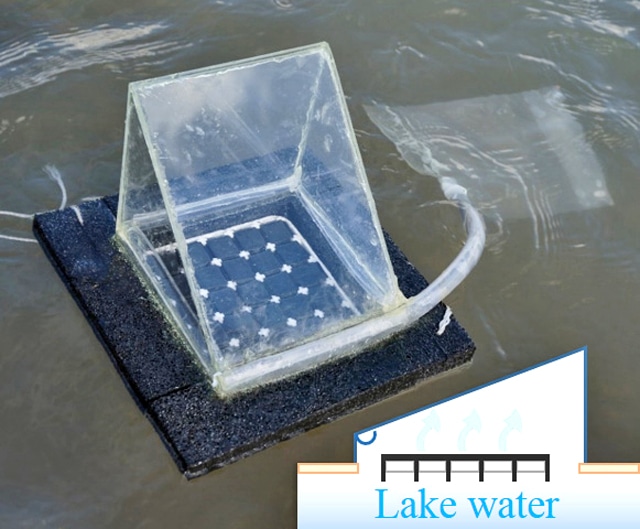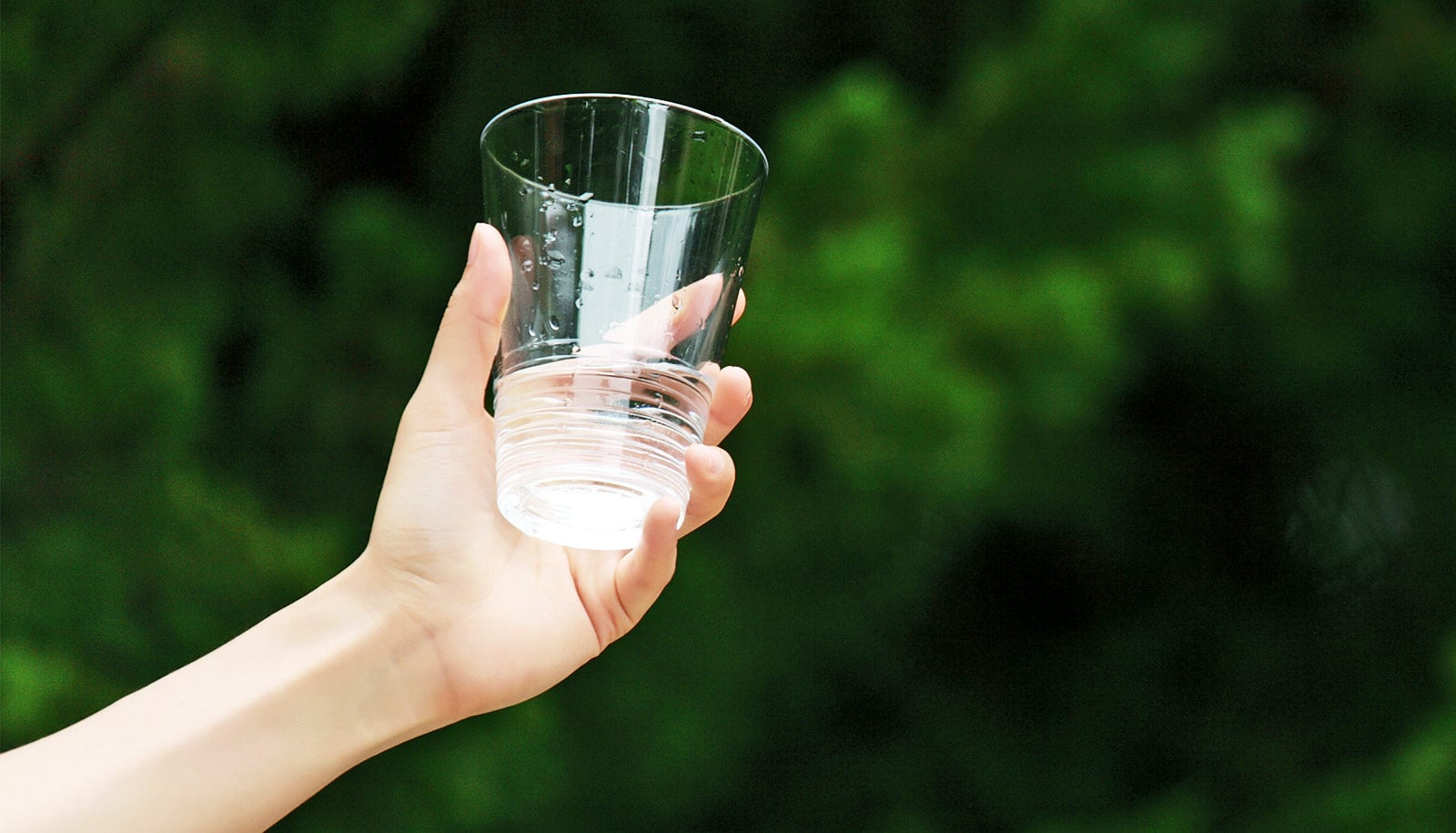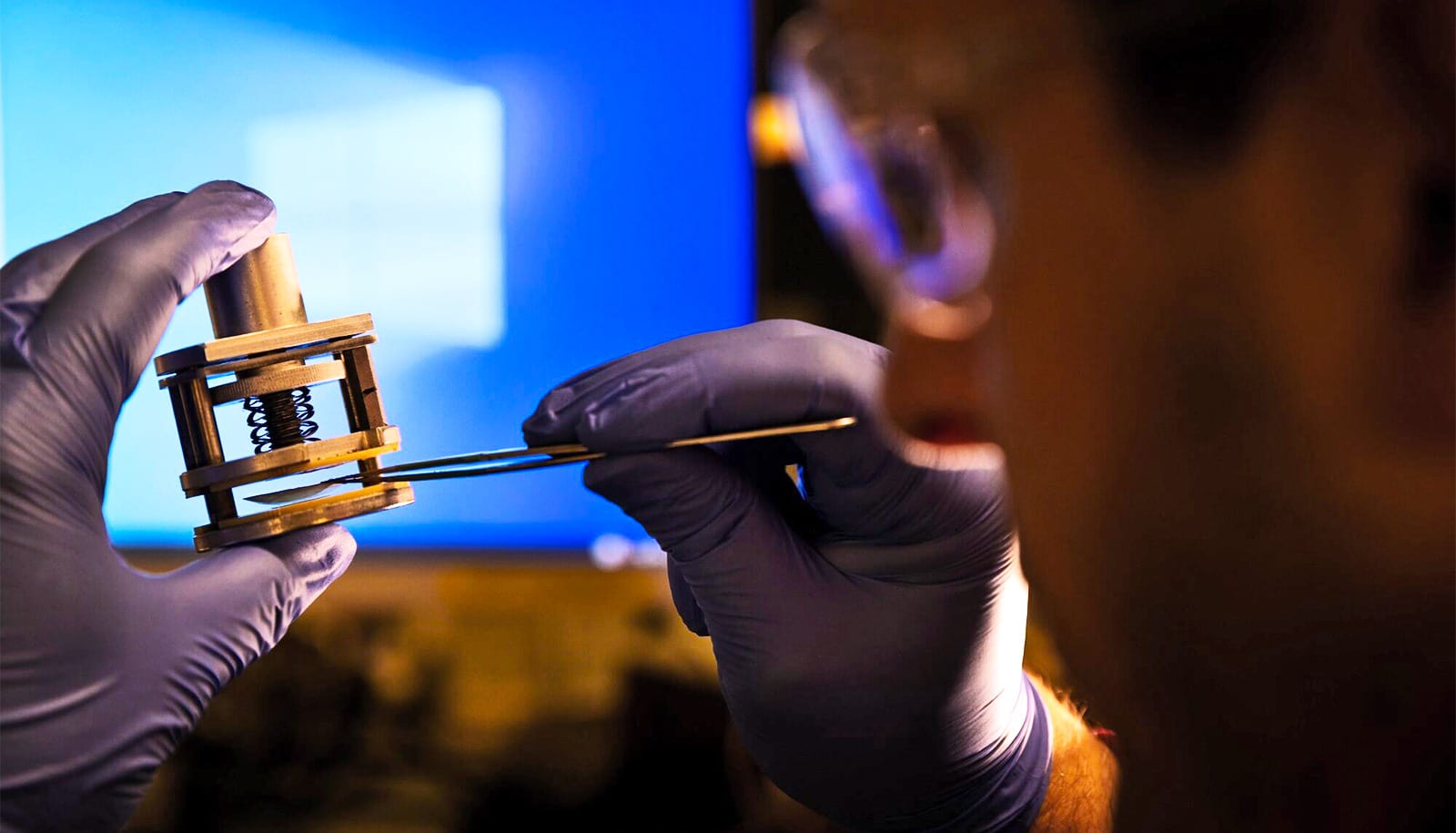A new way to make nasty or salty water drinkable features carbon-dipped paper. It could be a cheap and efficient option for addressing global drinking water shortages, particularly in developing areas and regions affected by natural disasters.
“Using extremely low-cost materials, we have been able to create a system that makes near maximum use of the solar energy during evaporation. At the same time, we are minimizing the amount of heat loss during this process,” says lead researcher Qiaoqiang Gan, associate professor of electrical engineering in the University at Buffalo School of Engineering and Applied Sciences.
Why more and more Americans can’t afford the water bill
As reported in the journal Global Challenges, the team built a small-scale solar still. The device, which they call a “solar vapor generator,” cleans or desalinates water by using the heat converted from sunlight. Here’s how it works: The sun evaporates the water. During this process, salt, bacteria, or other unwanted elements are left behind as the liquid moves into a gaseous state. The water vapor then cools and returns to a liquid state, where it is collected in a separate container without the salt or contaminants.

“People lacking adequate drinking water have employed solar stills for years, however, these devices are inefficient,” says Haomin Song, PhD candidate and one of the study’s leading coauthors. “For example, many devices lose valuable heat energy due to heating the bulk liquid during the evaporation process. Meanwhile, systems that require optical concentrators, such as mirrors and lenses, to concentrate the sunlight are costly.”
The research team addressed these issues by creating a solar still about the size of mini-refrigerator. It’s made of expanded polystyrene foam (a common plastic that acts as a thermal insulator and, if needed, a flotation device) and porous paper coated in carbon black. Like a napkin, the paper absorbs water, while the carbon black absorbs sunlight and transforms the solar energy into heat used during evaporation.
Graphene ‘biofoam’ makes filthy water drinkable
The solar still coverts water to vapor very efficiently. For example, only 12 percent of the available energy was lost during the evaporation process, a rate the research team believes is unprecedented. The accomplishment is made possible, in part, because the device converts only surface water, which evaporated at 44 degrees Celsius.
Based upon test results, researchers believe the still is capable of producing 3 to 10 liters of water per day, which is an improvement over most commercial solar stills of similar size that produce 1 to 5 liters per day.
Materials for the new solar still cost roughly $1.60 per square meter—a number that could decline if the materials were purchased in bulk. (By contrast, systems that use optical concentrators can retail for more than $200 per square meter.) If commercialized, the device’s retail price could ultimately reduce a huge projected funding gap—$26 trillion worldwide between 2010 and 2030, according to the World Economic Forum—needed for water infrastructure upgrades.
“The solar still we are developing would be ideal for small communities, allowing people to generate their own drinking water much like they generate their own power via solar panels on their house roof,” says coauthor Zhejun Liu, a visiting scholar at the University at Buffalo and a PhD candidate at Fudan University in China.
Additional members of the team are from the University at Buffalo, including its RENEW Institute; Fudan University; and the University of Wisconsin-Madison.
Partial funding came from the US National Science Foundation, the National Science Foundation of China, and the Chinese Scholarship Council.
Source: University at Buffalo



